
Which devil rides me now to write again about a topic that usually leads to two possible reactions. Both usually have the same origin, either the belief that 48kHz is enough to provide the insufficiently limited human hearing with maximum audiophility, or the belief in the exact opposite that no high-resolution signal is capable of reproducing the ‘original sound’ or being a neutral infrastructure. Discussions on this topic usually end after five minutes when the participants have revealed their affiliation to one of the two camps. Either 96kHz is nonsense because we can't hear 25kHz or 48kHz isn't enough because 96kHz somehow sounds better. The first camp is usually better equipped in terms of generally accepted arguments because the textbooks are full of them. I want to clarify two things directly. I do not question the theoretical foundations, nor am I able to hear 25kHz. On the other hand, my hearing feels more comfortable with a fully digital signal chain in 96kHz than with the same hardware in 48kHz or a fully analog signal chain. The fully analog version again has something that is not so well represented in 48kHz. I could make it easy for myself and tick off this circumstance as a subjective mockery in psychology. Unfortunately, I regularly get questions from people who don't know what I'm doing or have a trained hearing, such as: ‘why does this sound so good?’, ‘that sounds somehow better than last time, it's all the same, why is it so?’ or simply ‘what are these extraordinarily good-sounding recordings?’ Audio and hearing are generally a very subjective area in the picture, but nobody questions the fact that higher resolutions are generally better. As a matter of course, you buy 4k even if the frame rate is not yet behind. But woe to a seasoned sound engineer who wants to buy the new HD player for on the go that plays 96kHz files. Here not only the device is completely superfluous, no also the buyer is directly an idiot! What is so wrong with high-quality tools? When I fill the trunk with Hilti, Makita and Festo, no one asks if I still have all the battens on the fence. OK so the topic is new and the quality is not widely accepted. Progress and evolution are based on new possibilities as well as critical questioning. 10 years ago, the same people agreed that with 320kbps MP3 you can hear no difference to the CD in 44.1kHz/16Bit wav. Those who are happy with it are among the blessed ones who invest their money better in the 4K TV. I mean the dead serious ... be glad, you save a lot of time and money! You're not a bad guy, either, because you don't need 96k. The question is simple: Why do I like 96kHz better?
My journey begins with the attitude: “48kHz is enough and higher resolutions are a waste of resources, unless it's about devil come out for latency then 96kHz makes sense”. My studio computer is quite halfway up to date but usually I drive it in 44.1k so on the wall that I don't have to think about 96k at all. My record collection consists almost exclusively of vinyl and I love the limited and typical sound. I have had my wiretapping built by a gifted genius as I need it. The studio room is only rudimentarily optimized and has a few quite serious problems that I know and accept because the abandonment of a kitchen and the passage to the garden are not negotiable. Back to music ... I prefer listening to those I like rather than high-end audiophile masterpieces that I don't like. Nevertheless, since the commissioning of the new interceptions, I have been looking for technically better formats and recordings that I like to hear something else that delivers maximum sound and is musically bearable. All I found so far were HD organ and classical works that bored me so much that I rather switched to my favorite records. The stores simply had nothing else in the catalogue but for me boring as GEMA calls it ‘Ernste Musik’. Then I found the American online retailer hdtracks.com. The catalogue is slightly rounder compared to the European alternatives. Top label with first-class artists and productions. I was skeptical and thought, OK...they just convert the CD master up and sell the stuff as HD again. In the descriptions, however, you will always find information about the source such as Original Masterband sampled under the highest quality conditions, or remastered by XY especially for the format in the store, or Original multitrack tapes remixed under the best conditions by the best people ....blablablub. I thought if I was XY I wouldn't allow a lie at this point. There I sat with my skeptical attitude and a dear friend and colleague at one of our philosophy lessons in the studio and showed him the store. He said ‘let's try it now, buy the Cologne concert by Keith Jarrett in 96kHz/24Bit’ Not so my but OK said. Buy, download, play ...20min later we find that we have completely focused listening and stopped discussing ... which is not a matter of course with us ⁇ As a result of the day, I assumed that the source is better and it is not necessarily 96kHz. So I converted the files down to 48kHz and MP3 to 320kbps. I didn't like the result as much as the original, but this can also be due to the quality sample rate conversion. After all, the OSX onboard algorithm is not comparable to a White SFC2 that is stupidly not standing around in the corner. So now I have beautiful music in high quality for the souncheck but what do I do with the signal chain at events?
Status Quo in early 2011 when my journey towards HD Audio started saw that for me to 70% It's like this:
analog Muco -> digital Pult -> analog Muco -> digital Controller/Amp
In general, A/D converters were cheaper to implement on the manufacturer's side than digital inputs and sample rate converters, which did not necessarily favor the location. On the wiring side, on the other hand, there were 50% the mulitor was not executed in 110 ohms and the evolutionary stage AES/EBU was in principle skipped. The advantages of digital technology prevailed, but a completely analog chain just sounded even better. ...but who wanted to do that anyway ⁇ I had already executed the returncore whenever possible in Dante and stayed digital until the amps. This step already brought clear advantages in terms of sound, especially in 96kHz from PM5D via Dante in PLMs. But why is that? Multiple conversion vs. one-time conversion? Quality of the transducers themselves?, Clock?, Jitter?, SRC?, low-pass filters in the transducers?, internal signal processing and summation?, calculation of filters near the Nyquist frequency? Countless parameters impossible to address without forensic A/B comparisons. One thing is striking, however, that non-specialists without information asked questions about the ‘good’ sound quality, especially for recurring jobs where all other parameters regarding location, material and staff remained the same. So I only had the knowledge of signal theory and enlightening discussions with like-minded colleagues for the purpose of localizing the causes. I am still skeptical about the fundamental question ‘is 96kHz generally better than 48kHz?’, but the fact is simply that the state of the art will produce better results in 2014. For me, a continuous digital signal chain in 96kHz simply sounds more like ‘masterband in the studio’ than the same setup in 48kHz. Many factors are involved in this and clear culprits have not yet been named. Of course, I also know that 80% Human sensory perception is based on psychological effects and I am basically constantly fooling myself. On the other hand, I'm not willing to leave it at the usual 48kHz, just give up and connect to Camp 1. Signal theory is one thing, practical construction of hardware in the price-fighting market environment is quite another! So I summarize my unfinished wealth of experience as follows:
1. I like the audiophile quality of mixing and mastering with sources produced especially for HD stores better than alternatives on CD and vinyl ... 96kHz/24bit products sound better to me.
2. I like recordings of my record collection in 96kHz/24bit better than in 44.1 or 48kHz.
3. This also applies to listening with headphones, especially on vinyl, of course, I leave the beloved artifacts such as crackling, crackling, rumbling and noise in the original state. I notice that the Knackser sound more lifelike and the recordings like the original vinyl can be heard better. Something to look for on the transient front.
4. The signal theory makes perfect sense with regard to the frequency response, but the observation is always two-dimensional and the time component is often overlooked. Band limiting, low-pass filter construction, Gibbs effect, overshooting...all parameters that are important for transients and are often omitted. Sine signals are helpful for the textbook, but in practice it is about Paco De Lucia on the guitar and castanets with laps taken or the scraper tape with SM’s. Another example that cannot be adequately described with Fourier is simple applause. Here, subjective perception plays a very important role, either one feels at it or excluded.
5. The execution quality of the hardware components plays a major role, which is also not described in the textbook. Oversampling was not invented for nothing. Of course, the 100€ USB interface sounds better in 96kHz because the low-pass filter can be designed negligently and cheaply, while 4000€ hardware consistently designed in the best possible way in 48kHz delivers perfect results.
6. These parameters accumulate into an incomprehensible whole when constructing a typical signal chain with long cable paths at events. A/B comparisons and blind tests are practically impossible for event setups.
That's it! ...and now fall over me, tear your mouths, scold blasphemy and start the shitstorm. I invite everyone else to discuss and actively participate in evolution. If we work in 96kHz as a matter of course in 10 years, nobody wants to know what 48kHz is and then it says again ‘in principle no human being is needed, but you just do it’. The alternative would be to know how individual parameters influence the result. ...that can't be so bad!
Basic knowledge for interested parties

A very good explanation of the basics and a critical opponent voice to high-resolution audio.
Then hard criticism of HD Audio including sound examples of intermodulation products
Research papers from MIT
Bob Katz
James A. Moorer (Sonic Solutions)
James A. Moorer (Sonic Solutions)
The article describes very well how the energy of transients is "smeared" depending on low-pass filters.
... the steeper the low pass, the stronger the overshooting (preringing).
High sample rates allow these effects to be moved into the inaudible area or the use of Gaussian filters without overshooting as they can be laid out flatter.
The article describes the often unnoticed time plane and its influence on the two-dimensional view of the energy distribution in the frequency response.
Interesting white papers from the practice of Digital Audio Urgestein Dan Lavry. He is an advocate of an "optimal" sampler rate, which he sees at 60kHz.
Jacob Oppenheim and Marcelo Magnasco
Finally, someone examines the abilities of human hearing in terms of phase and time and shows that Fourier is not everything.
Rupert Neve
speaks about audio quality and has some interesting theses about frequencies above the hearing limit and their effects on brain waves and feelings. ...in relation to: Tsutomu Oohashi and the Hypersonic effect. I interpret this freely and say at a certain point audio quality you can no longer hear increases but only feel them.

Wikipedia
—— Update October 2014 ——
The fact that I wrote and published this article here gave me some discussions of which most were described as introductory...both extremes mostly bored me. However, some colleagues discussed it with interest, openness and a keen interest in research ... I say something succinctly with the attitude ‘well, something is there but you can't really explain it and actually it's also nonsense ... hm but on the other hand what about ...’ Thank you for the many stimulating conversations at this point! I don't want to bring back the image with the pixelated Mona Lisa and the analogy to the HD video image but I wondered all the time how I could visually represent what I perceive ... this is quite good:
Source:
Reference: Michael Jackson – Billy Jean 176,4kHz/24Bit Aiff
Version 1: Apple SRC -> 44.1/16 Aiff
Version 2: Apple SRC -> 44.1/16 @ 128kbps MP3
First of all, the typical wrong assumption that everything is to be sought at the frequency level:
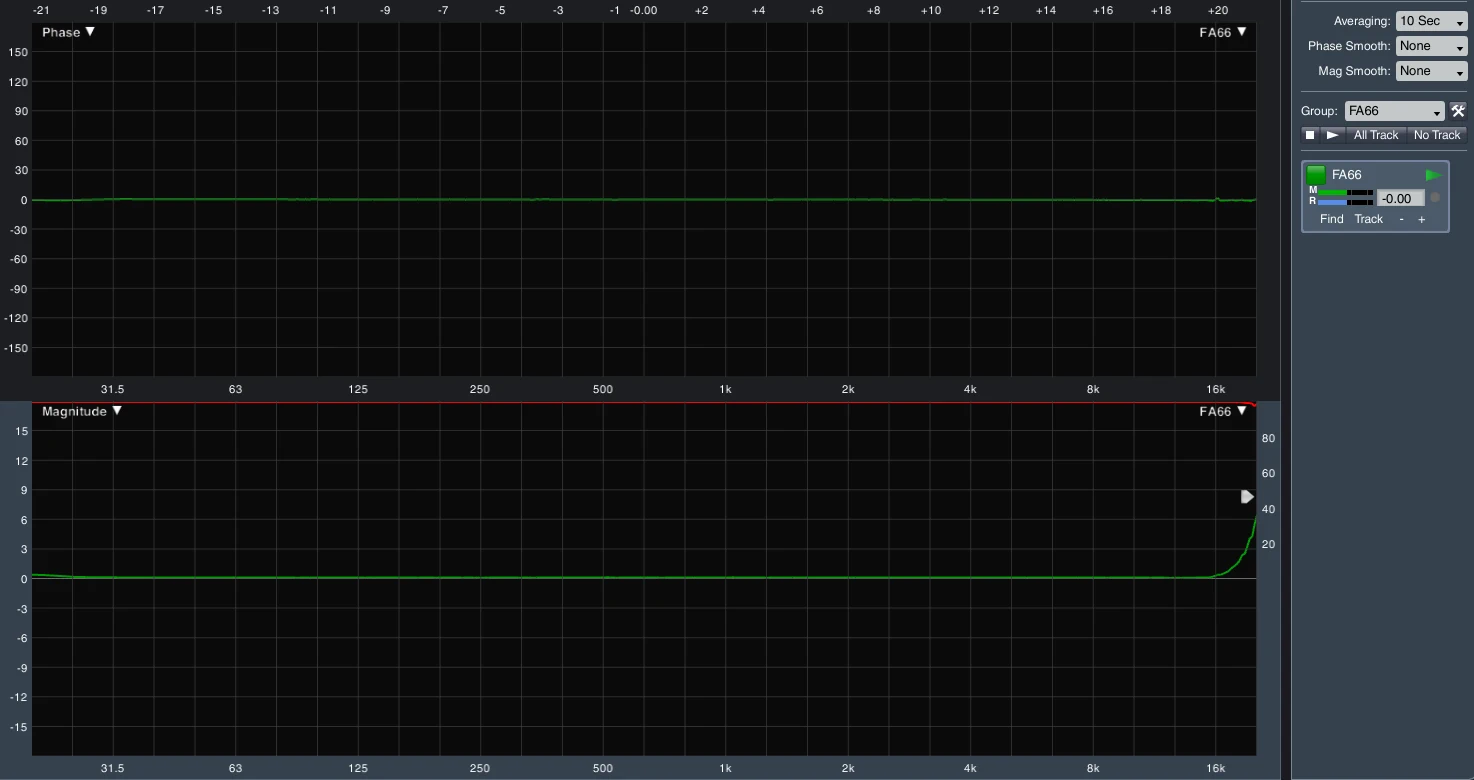
Phase, frequency response and magnitude are the same, let's ignore everything above 16kHz and say that's due to the filters or whatever ....
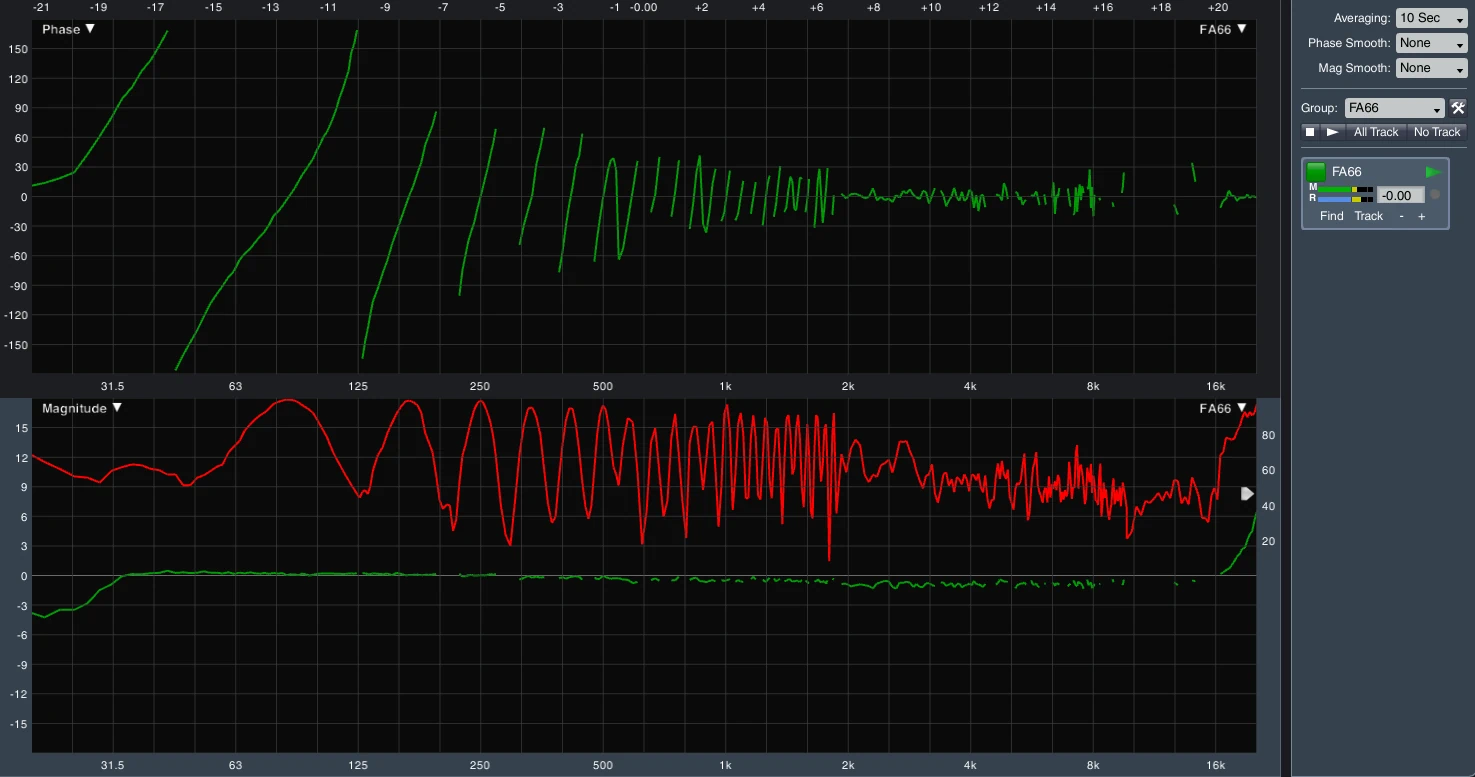
Ohhh, now let's get to the point ... although the frequency response is the same and the magnitude and phase difference is probably due to the data reduction ...128kbps sound admittedly bad. But hey, the frequency is clean.
Forget it here we need not look any further ....Fourier is a great thing when it comes to sine and mathematical reconstruction.
Let's look at the waveforms:
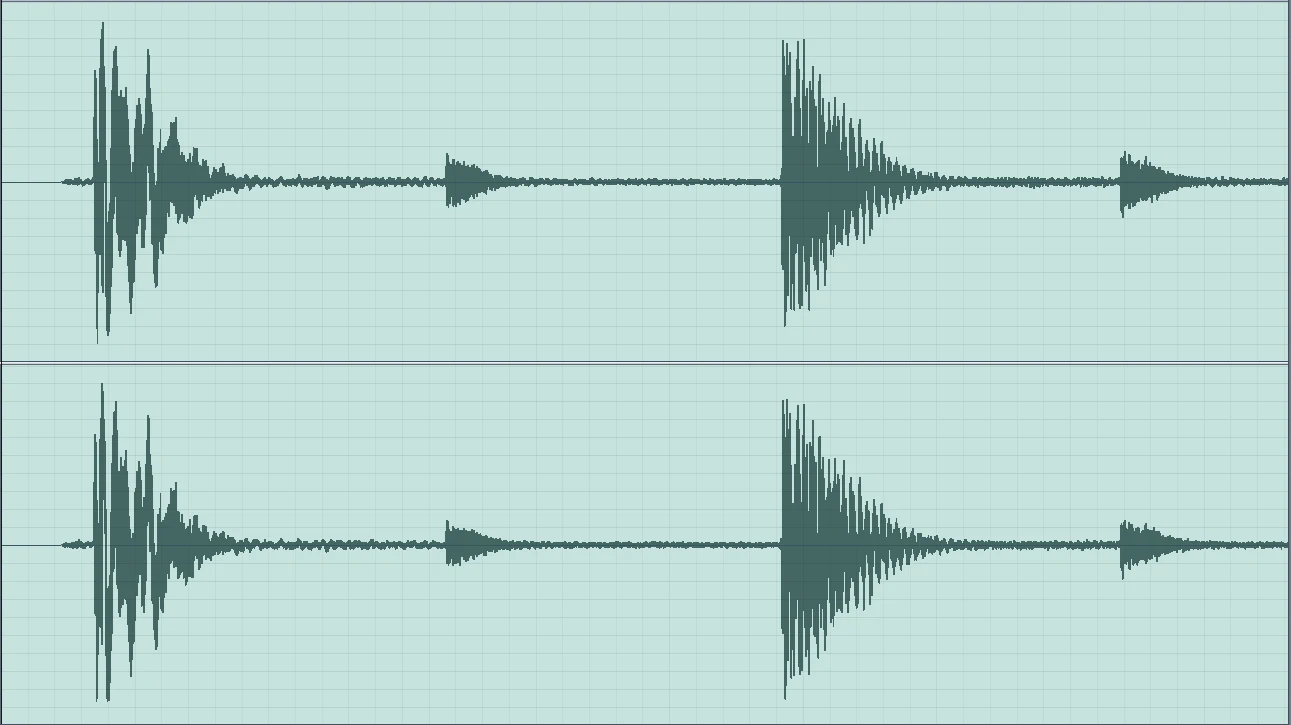

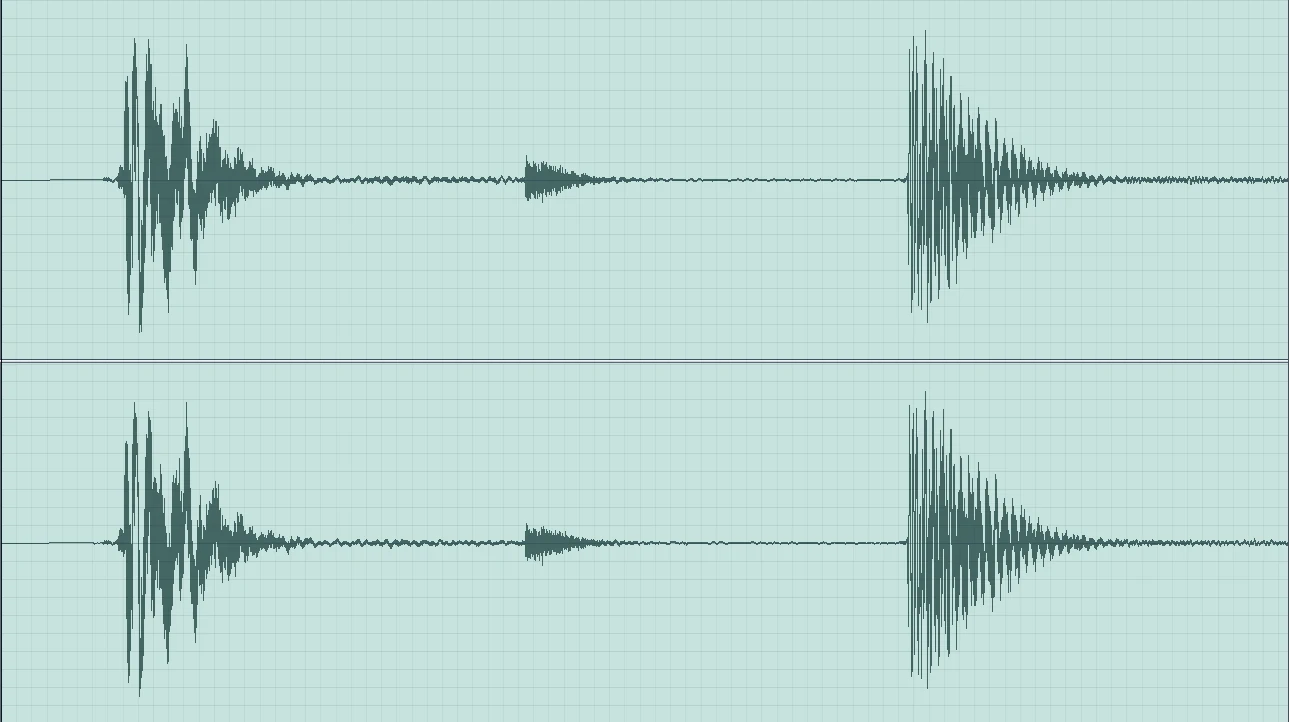
It becomes clearer that you can't reduce more samples per interval 1:1 to Fourier and hearing. But the presentation is not yet convincing ... let's switch to Spectrum, this time in reverse order first MP3 128kbps, then 44.1/16 then 176.4/24:
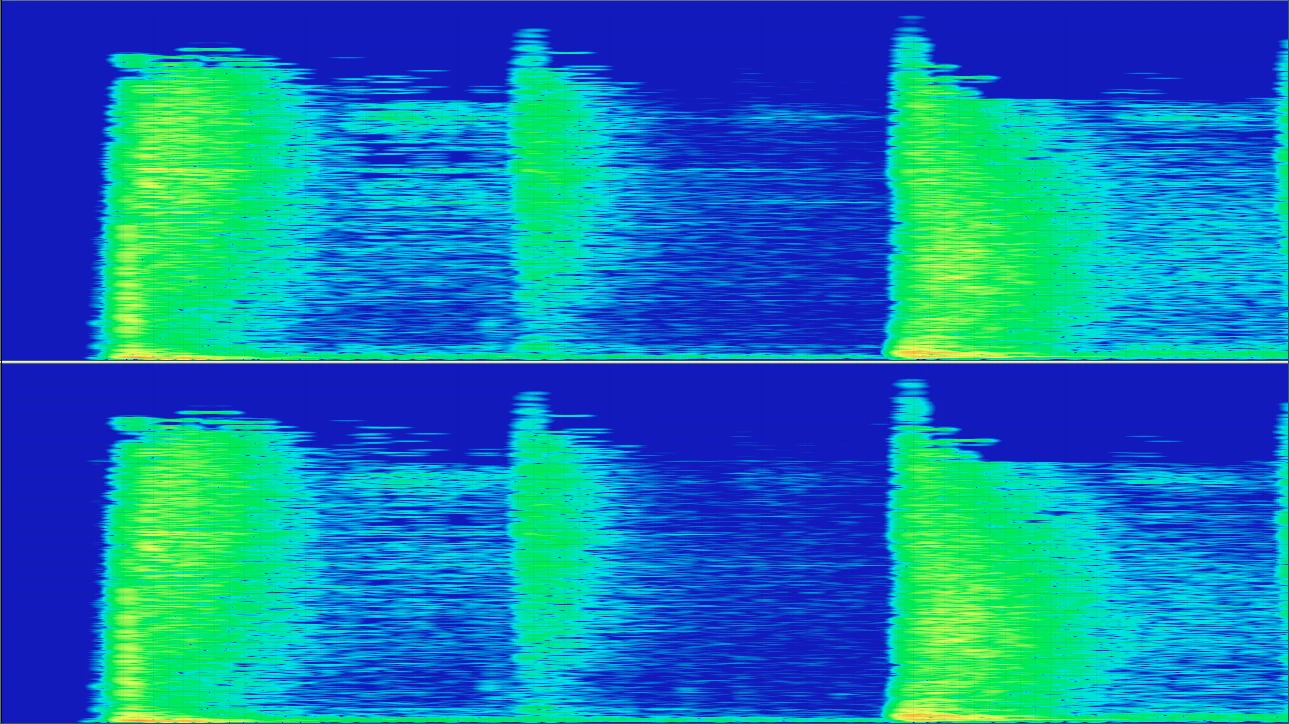

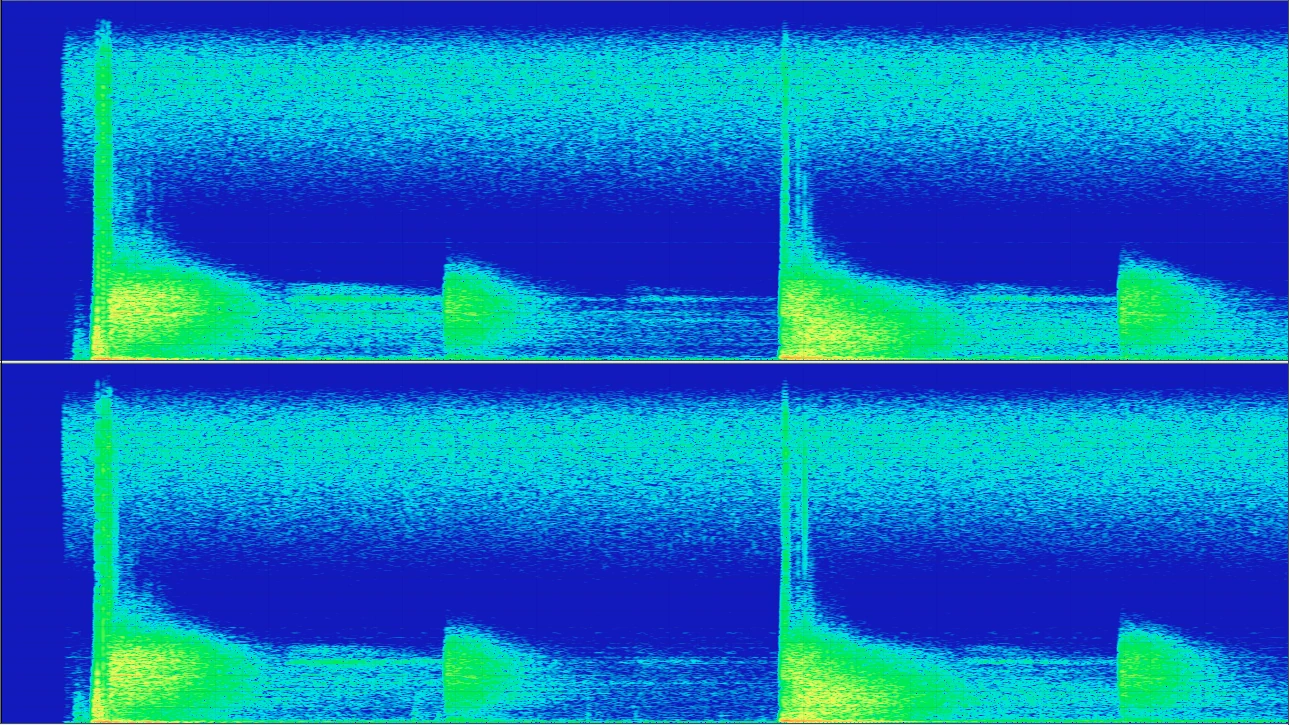
That was probably the best! ...if I could go through this as a video, it would look even nicer. I'm not trying to convince you of high sample rates, but to find a way of representation that best visualizes what I hear. I'm sure I can think of something even better, but that's the best thing to do in a hurry!
